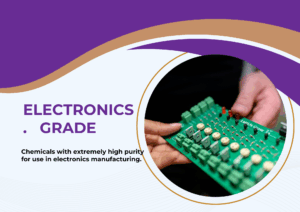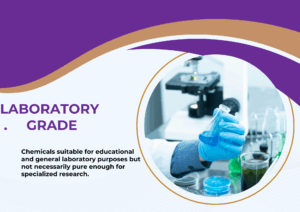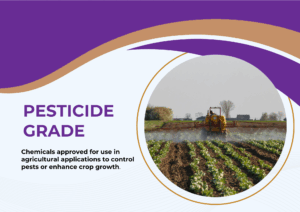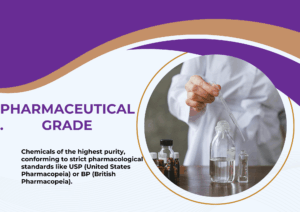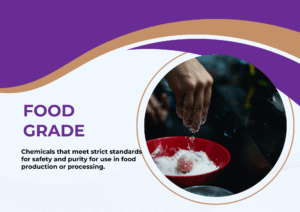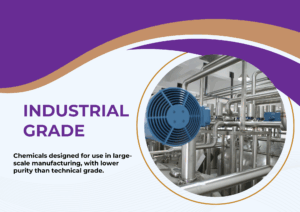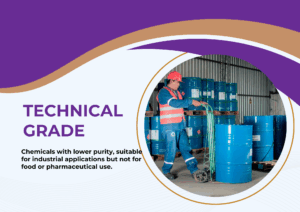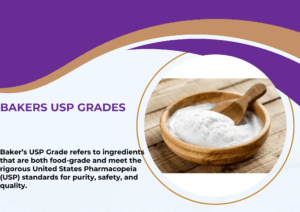Titanium Dioxide: A Comprehensive Guide to Its Uses, Safety, and Environmental Impact
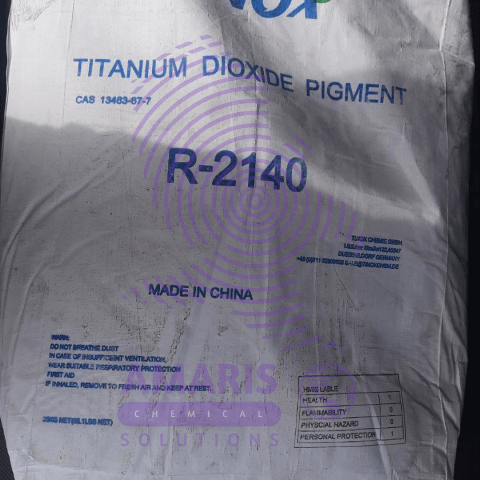
Titanium dioxide (TiO₂) is a widely used white pigment known for its brightness, opacity, and UV resistance. It plays a crucial role in various industries, from cosmetics to food and industrial applications. This guide explores its uses, safety considerations, and environmental impact.
Common Uses of Titanium Dioxide
- Cosmetics & Skincare: TiO₂ is a key ingredient in sunscreens due to its ability to reflect UV rays. It is also used in makeup, toothpaste, and lotions to provide opacity and brightness.
- Paints & Coatings: TiO₂ enhances the durability and brightness of paints, coatings, and plastics, making it a preferred choice in architectural and automotive industries.
- Food Industry: It is used as a food additive (E171) to enhance the color and texture of various products, including confectionery and dairy items.
- Pharmaceuticals: Many medicines and capsules contain TiO₂ as a coating agent to improve appearance and stability.
- Paper & Printing: It improves the whiteness and brightness of paper and enhances the print quality in inks.
Safety Concerns and Regulations
Titanium dioxide has been under scrutiny for potential health risks. While it is generally regarded as safe for topical use, concerns have arisen regarding inhalation and ingestion.
- Inhalation Risks: TiO₂ in powder form may pose a risk to workers in industrial settings, as inhalation of fine particles has been linked to lung inflammation in animal studies. Proper safety measures, such as protective equipment and ventilation, are recommended.
- Ingestion and Food Additive Ban: Some studies have raised concerns about TiO₂’s potential to accumulate in the body. The European Food Safety Authority (EFSA) banned its use in food products in 2022 due to uncertainties about long-term effects. However, regulatory agencies in other regions, including the U.S. FDA, still consider it safe.
Environmental Impact
TiO₂’s widespread use raises environmental concerns, particularly in water systems. Nano-sized TiO₂ particles in sunscreens and industrial waste can accumulate in aquatic environments, potentially affecting marine life. Some studies suggest that these particles may cause oxidative stress in aquatic organisms, emphasizing the need for improved wastewater treatment and eco-friendly alternatives.
Conclusion
Titanium dioxide remains a vital material in numerous industries, but ongoing research is essential to fully understand its health and environmental implications. As regulations evolve, manufacturers are exploring safer alternatives and sustainable production methods to mitigate potential risks. Consumers should stay informed about product labels and emerging scientific findings to make educated choices.



